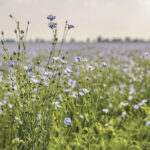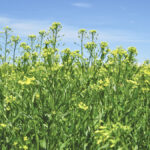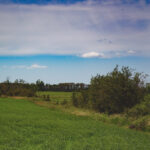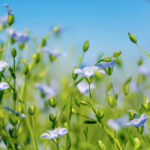
Crop insurance considering coverage on intercrops
Intercrop trials continue at Saskatchewan’s South East Research Farm

Saskatchewan is now flax central
SaskFlax and the Flax Council have joined to provide agronomic support and address issues such as market access

Mustard biofumigation: coming to a field near you?
Its anti-pest properties are confirmed in potato, but researchers are looking at whether it has prospects for other crops

Making flax harvest a little smoother
An IHARF study looks at four pre-harvest options for dry-down and weed control

Winter camelina showing promise
It can be straight cut, and flea beetles aren’t a problem

From flax in the field to shirt sleeves
Meet a Nuffield Canada farmer scholar with a vision for a value chain for Canadian-grown linen

Putting a value on a shelterbelt
Yields drop immediately adjacent, but start to increase after 10 to 20 metres beyond

Don’t rely completely on the herbicide’s label for advice when seeding flax
Making sure the crop receives good fertility, planting into warm, moist soils and bumping up seeding rate can all help improve the outcome.” — Michelle Beaith, Sask Flax

Relay cropping
The goal for Ontario’s Dave McEachren is three crops in two years

Empty soils
Today’s big-yield genetics really are draining the nutrient supply in our soils


